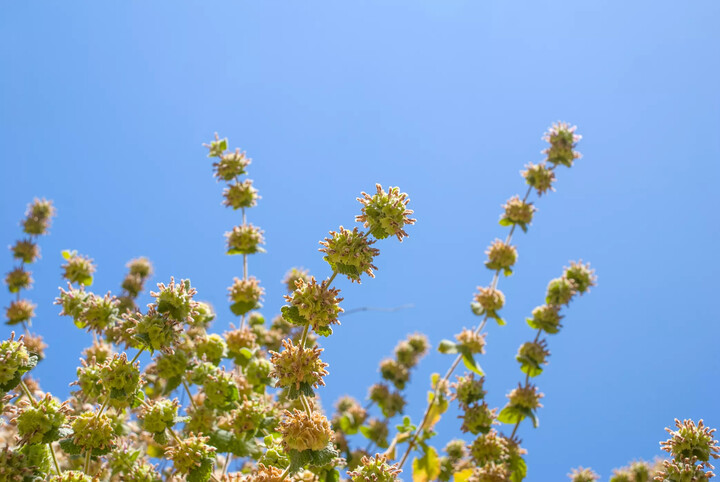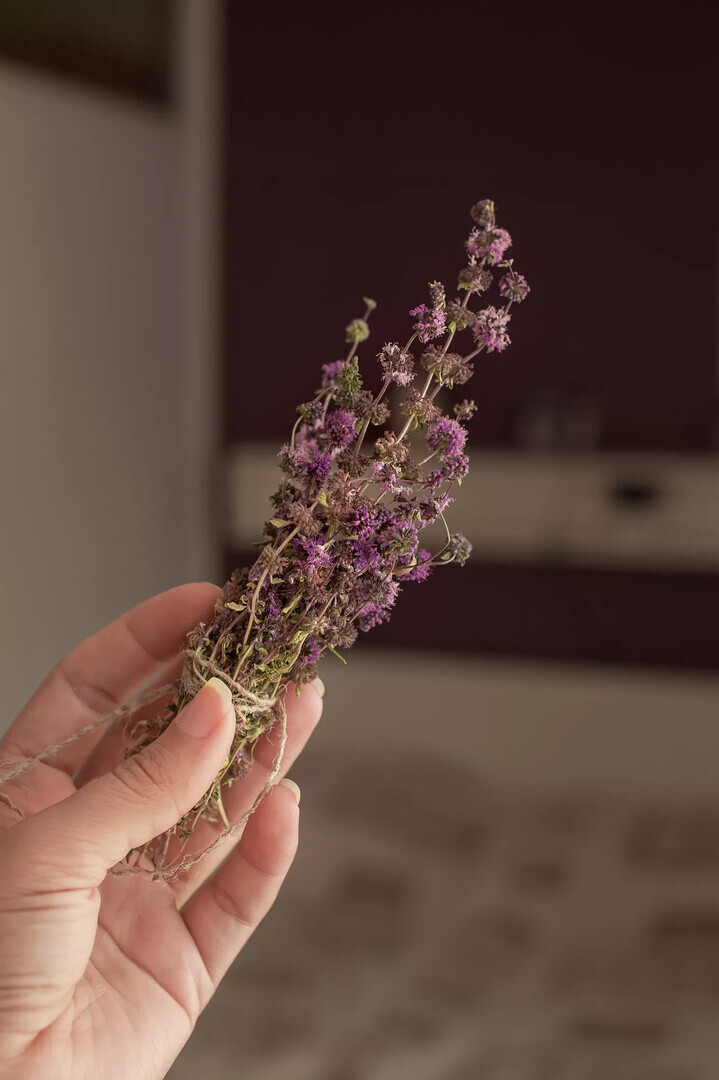For centuries, pennyroyal plant has been used as an herbal preparation to deter pests like fleas and gnats. Pennyroyal also had a history of medicinal uses, although that trend has faded with new knowledge of its potential toxicity. Aside from its pros and cons as a herb, as a member of the mint family pennyroyal is very easy to grow. Its profuse lavender flowers attract butterflies, and its spreading habit fills in bare spots in the garden or container.
| Botanical Name | Mentha pulegium |
|---|---|
| Common Names | Pennyroyal, American pennyroyal, stinking balm, mosquito plant, squaw mint, pudding grass |
| Plant Type | Perennial |
| Mature Size | Four to six inches |
| Sun Exposure | Full to partial sun |
| Soil Type | Moist and loamy |
| Soil pH | Acidic; pH 5.5-6.8 |
| Bloom Time | Summer |
| Flower Color | Lavender |
| Hardiness Zones | USDA growing zones 5-9 |
| Native Areas | Widespread across Europe and Asia |

How to Grow Pennyroyal Plants
Gardeners new to growing herbs are sure to find success with vigorous pennyroyal plants. They are tolerant of a wide variety of growing conditions, and as long as consistent moisture is present the plants usually grow like wildfire. The scent of crushed pennyroyal is quite pungent, and its ability to repel nuisance insects like fleas gives it value in the herb garden.
Light
Pennyroyal plants grow best in partial sunlight, but full sun is also tolerated as long as there is adequate moisture.
Soil
Pennyroyal plants grow at their best in moist, rich soil amended with organic matter. Plants also grow in clay or sandy conditions, and in fact sometimes less than ideal soil can help to check the plants' rapid growth.
Water
Regular moisture is important to a thriving pennyroyal plant. The surface of the soil should feel moist to the touch. Pennyroyal grows well in damp areas like stream banks or low-lying depressions in the landscape.
Temperature and Humidity
Pennyroyal grows equally well in areas with cool summers or hot summers. Humid conditions are better than dry or desert areas for growth, however, pennyroyal can adapt to dry climates with enough irrigation.
Fertilizer
Chemical fertilizers aren't necessary to grow healthy pennyroyal plants. The plants can get all the nutrition they need from soil rich in organic humus from leaf mold, manure, or compost. Too much fertilizer will reduce flowering in pennyroyal plants.
Potting and Repotting
Pennyroyal will grow in pots of any size, and tolerate being root bound. Use a commercial potting soil, and choose a pot with a drainage hole. Take care that the plant doesn't escape through the drainage hole and into the landscape if you're trying to keep it contained.
Propagating
Making new pennyroyal plants is as simple as digging up a piece of the plant and replanting it in moist soil. Pennyroyal roots along its stem as it spreads, so if you remove a plant piece that is already forming roots the propagation process will be a quick and easy matter of division. For younger plants that haven't begun to spread, you can easily root a tip cutting in moist soil or a vase filled with water.
Toxicity of Pennyroyal
In spite of its historical medicinal uses, we now know that pennyroyal is not safe to take internally. It can cause kidney or liver damage, and there has been at least one documented death due to pennyroyal ingestion.
Pruning
Cutting back your pennyroyal plants is an important part of keeping it in bounds. Pennyroyal spreads indefinitely by creeping stolons, in the same way mint does, and can become invasive if not kept in check. Pull up the edges of your pennyroyal plant where it is rooting and spreading, and trim as desired to keep the plant in its designated spot. Do this more frequently in wet, warm weather; at least weekly. Cutting back pennyroyal plants after flowering keeps plants tidy as well.
Harvesting
Although it's no longer recommended to consume pennyroyal, the plant is still used frequently in natural pest repellents. Make use of the pruned stems of your pennyroyal wherever unwanted insects are a problem. You can lay freshly cut stems around pet areas, or dry the stems and leaves to use in pest-repelling potpourri mixtures.

Being Grown in Containers
Pennyroyal will be a lush container specimen that spills attractively over the edges, creating a handsome green accent for your hanging baskets or window boxes. Growing pennyroyal in a container is also a smart way to control the plant in areas where it has an invasive tendency. Grow pennyroyal on its own in a container, or with an equally assertive plant like mint, lamium, or ajuga, which require the same growing conditions and can compete with pennyroyal.
Growing From Seeds
Pennyroyal seeds germinate in one to three weeks in temperatures of 70 to 90 degrees Fahrenheit. You can direct sow the seeds where you want them to grow outdoors, or give them a head start indoors four to six weeks before the last frost date.
Common Pests/Diseases
As a natural pest repelling plant, pennyroyal is troubled by few insects. However, powdery mildew and mint rust can trouble plants growing in crowded, damp, shady conditions. Keep your pennyroyal plants disease-free with adequate sun and spacing, and with well draining soil.
Pennyroyal vs. Mint
Pennyroyal and mint (Mentha spp.) belong to the same genus, and look quite similar, but the presence of pugelone in pennyroyal leaves gives it a much stronger aroma than mint. If you grow mint and pennyroyal together and plan to use your peppermint or spearmint for tea or other edibles, it's important to distinguish between the two plants to avoid the accidental ingestion of a toxic amount of pennyroyal. Segregating the pennyroyal in its own container will help keep you and your family safe.